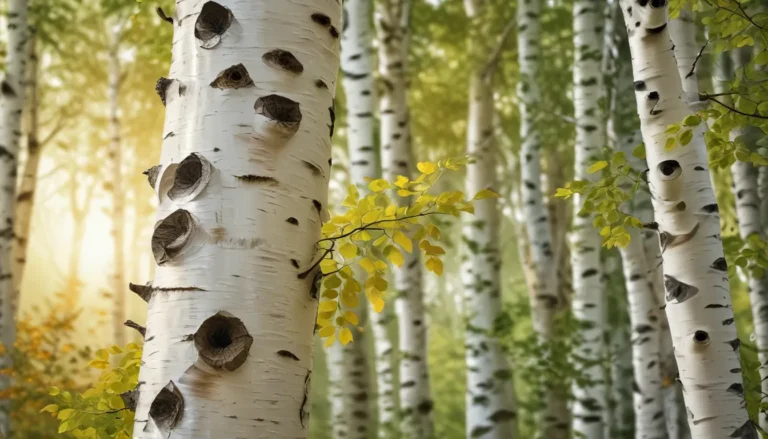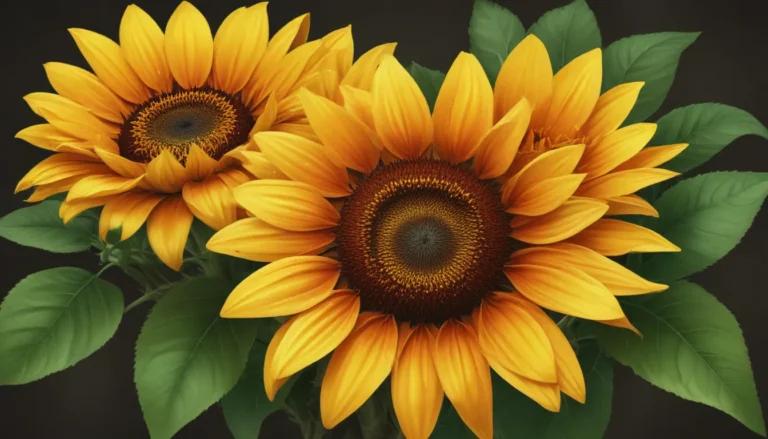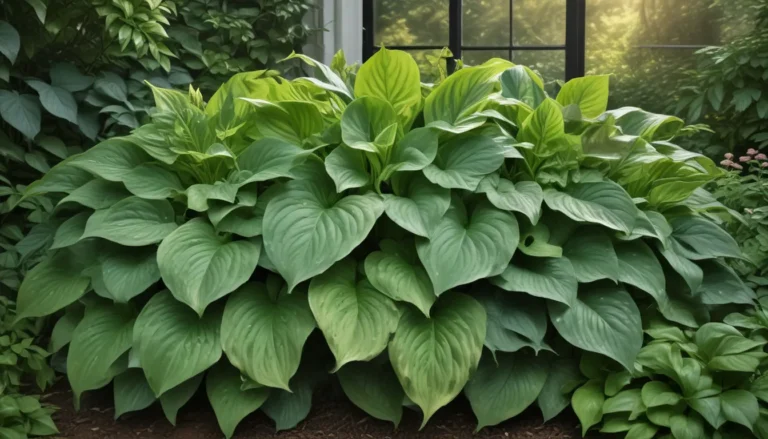The pictures we use in our articles might not show exactly what the words say. We choose these pictures to make you interested in reading more. The pictures work together with the words but don’t take their place. The words still tell you the important facts.
Echeverias, with their captivating rosette-shaped leaves and vibrant hues, have captured the hearts of gardening enthusiasts worldwide. Originating from the deserts of Central America and Mexico, these charming succulents thrive in arid conditions and require minimal upkeep, making them a popular choice for indoor and outdoor spaces. Let’s embark on a journey to uncover the enchanting world of Echeverias through 13 intriguing facts. From their origins and striking growth patterns to their incredible versatility and traditional medicinal uses, prepare to be amazed by the wonders of these unique plants. So, grab your gardening gear and join us as we delve into the remarkable secrets of Echeverias.
Key Takeaways:
- Echeveria plants are low-maintenance, colorful succulents native to Mexico and Central America, ideal for succulent arrangements.
- They come in a variety of stunning colors and shapes, from deep purples and blues to vibrant pinks and oranges.
- Echeveria plants are easy to care for, thriving in well-draining soil with minimal watering requirements.
Diverse and Vibrant Appearences
Echeveria plants are renowned for their diverse and vibrant appearances. Boasting a spectrum of colors ranging from deep purples and blues to lively pinks and oranges, these succulents are a feast for the eyes. Furthermore, their leaf shapes vary from classic rosette forms to elongated or pointed structures, enhancing their visual allure.
Native Habitat
Indigenous to Mexico and various regions in Central America, Echeveria plants have adapted well to arid and semi-arid environments. This natural resilience has led to their popularity as ornamental plants in gardens and homes across the globe.
Easy Care and Maintenance
One of the reasons behind the widespread acclaim of Echeveria plants is their low-maintenance nature. Thriving in well-draining soil and requiring infrequent watering, these succulents prefer bright light conditions but can also tolerate partial shade. With minimal care, they can flourish for years, adding beauty to any space.
Color-Changing Leaves
A fascinating characteristic of Echeveria plants is their ability to change color based on sunlight exposure. In intense sunlight, some species develop deep red or purple hues, serving as a protective mechanism against UV radiation.
Drought-Tolerant Adaptation
Echeveria plants possess thick, fleshy leaves that act as water reservoirs during dry periods, making them drought-tolerant. This adaptation allows them to endure prolonged periods of drought and thrive in arid environments.
Propagation Through Offsets
Echeveria plants reproduce by producing offsets or “pups” that grow from the base of the parent plant. These small offshoots can be separated to create new individual plants, a simple propagation method ensuring the continuation of the species.
Family Connection
Belonging to the Crassulaceae family, Echeveria plants are part of a lineage that includes popular succulents like Jade plants and Aeoniums. This botanical family is known for its water-storing capacity and survival capabilities in dry conditions.
Ideal for Succulent Arrangements
With their vibrant colors, varied shapes, and minimal care requirements, Echeverias are highly sought-after for succulent arrangements and gardens. Their unique aesthetic qualities provide texture and visual interest when combined with other succulent varieties in indoor and outdoor settings.
Beautiful Blooms
Although primarily valued for their foliage, Echeveria plants also produce exquisite flowers on elongated stalks. These blooms come in an array of colors, including shades of red, orange, yellow, and pink, adding an extra layer of beauty to these already captivating plants.
Popular Wedding Favors
Due to their appealing appearance and symbolism of love and unity, Echeverias have become a popular choice for wedding favors and decorations. Their compact size and ability to thrive in small containers make them perfect for gifting on special occasions.
Medicinal Uses
In traditional medicine, certain species of Echeveria are believed to possess medicinal properties used to treat various ailments, including digestive disorders, skin conditions, and inflammation. While scientific research on these uses is limited, these plants hold potential health benefits.
Named After a Botanical Luminary
Echeveria plants are named in tribute to Atanasio Echeverría y Godoy, a renowned Mexican botanical artist and explorer renowned for his contributions to botany during the 18th and 19th centuries.
Enthusiast Favorites
Echeveria plants have amassed a dedicated following among succulent collectors and enthusiasts. Their captivating aesthetics and ease of cultivation make them highly coveted for personal collections and displays.
Concluding Thoughts
In conclusion, Echeveria is a captivating plant with a rich history and stunning features, making it a favorite among plant enthusiasts. Beyond their visual appeal, their ease of propagation and resilience to environmental stresses make them an excellent choice for gardeners of all levels. Whether adorning indoor spaces or enhancing outdoor gardens, Echeverias offer a plethora of options to suit diverse tastes and settings.
FAQs
- How often should I water my Echeveria?
-
Watering once every two weeks is ideal for Echeverias, ensuring the soil is adequately dry between waterings.
-
Can I grow Echeverias indoors?
-
Yes, Echeverias can thrive indoors when placed near a south or east-facing window to receive sufficient sunlight.
-
How do I propagate Echeverias?
-
Echeverias can be propagated through leaf cuttings or offsets, allowing for easy expansion of your plant collection.
-
What is the ideal temperature for Echeverias?
-
Echeverias prefer temperatures between 60°F to 75°F (15°C to 24°C), with some tolerance for slight temperature variations.
-
Do Echeverias require special care during winter?
- Reduce watering and provide protection from frost during winter, ensuring they are shielded from extreme temperature fluctuations.
Unlock the mysteries of Echeveria and discover the wonders that lie within these charming succulents. With their captivating beauty and intriguing traits, Echeverias promise to enchant and inspire both novice and seasoned gardeners alike. Embrace the allure of these remarkable plants and witness the magic they bring to your botanical sanctuary.






